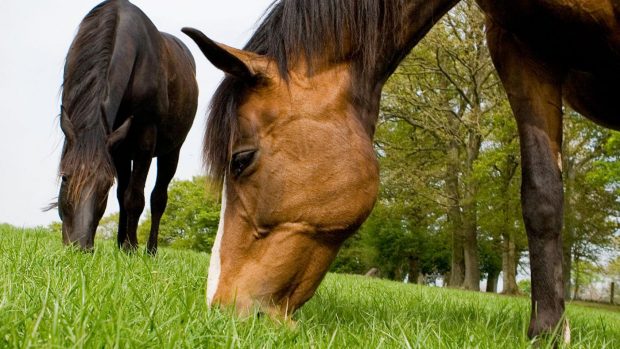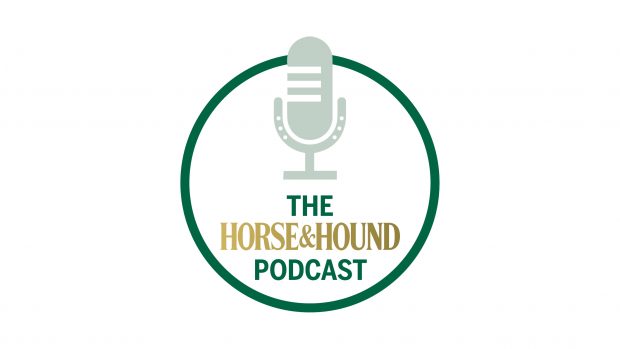A. It sounds as if your physiotherapist is associating protein with energy. If so, she is wrong as energy and protein are not connected. Energy is typically supplied as carbohydrate, oil and fibre, whereas protein is only converted to energy as a last resort.
Protein is used for body maintenance and is essential in young stock and breeding stock for growth, pregnancy and milk production. The diet you are feeding is well balanced and, if you are happy with it, there is no need to change.
It’s difficultto assess protein levels in the diet unless you know the protein level in your forage. Hay can be analysed easily but the quality of grass is not so simple. Intake is difficult to estimate, making the total daily protein levels a real ‘guesstimate’. An average meadow hay can analyse out with protein levels between six per cent and 12 per cent. This can make a difference of 60g per kilo. A daily intake of 8kg can vary between 480g and 720g – which is quite a difference.So, when assessing protein intake, don’t just look at the levels in concentrate feeds as your hay may make up at least 80 per cent of the total ration, whereas the concentrates may only make up 20 per cent.
Carrots are not usually used as a source of energy as they contain 89per cent water. As mentioned above, sources of energy are usually supplied by carbohydrates, oil and fibre. Carrots contain five per cent carbohydrate. The energy level in carrots is 1.15 MJ/kg, hay is about 6-8 MJ/kg and oats are around 12-13 MJ/kg.




